How to overwinter agave – 5 essential steps to keep yours alive and healthy in colder climates
Typically native to warmer regions, agaves need careful overwintering to ensure their survival in colder climates. We asked experts for their top tips and advice
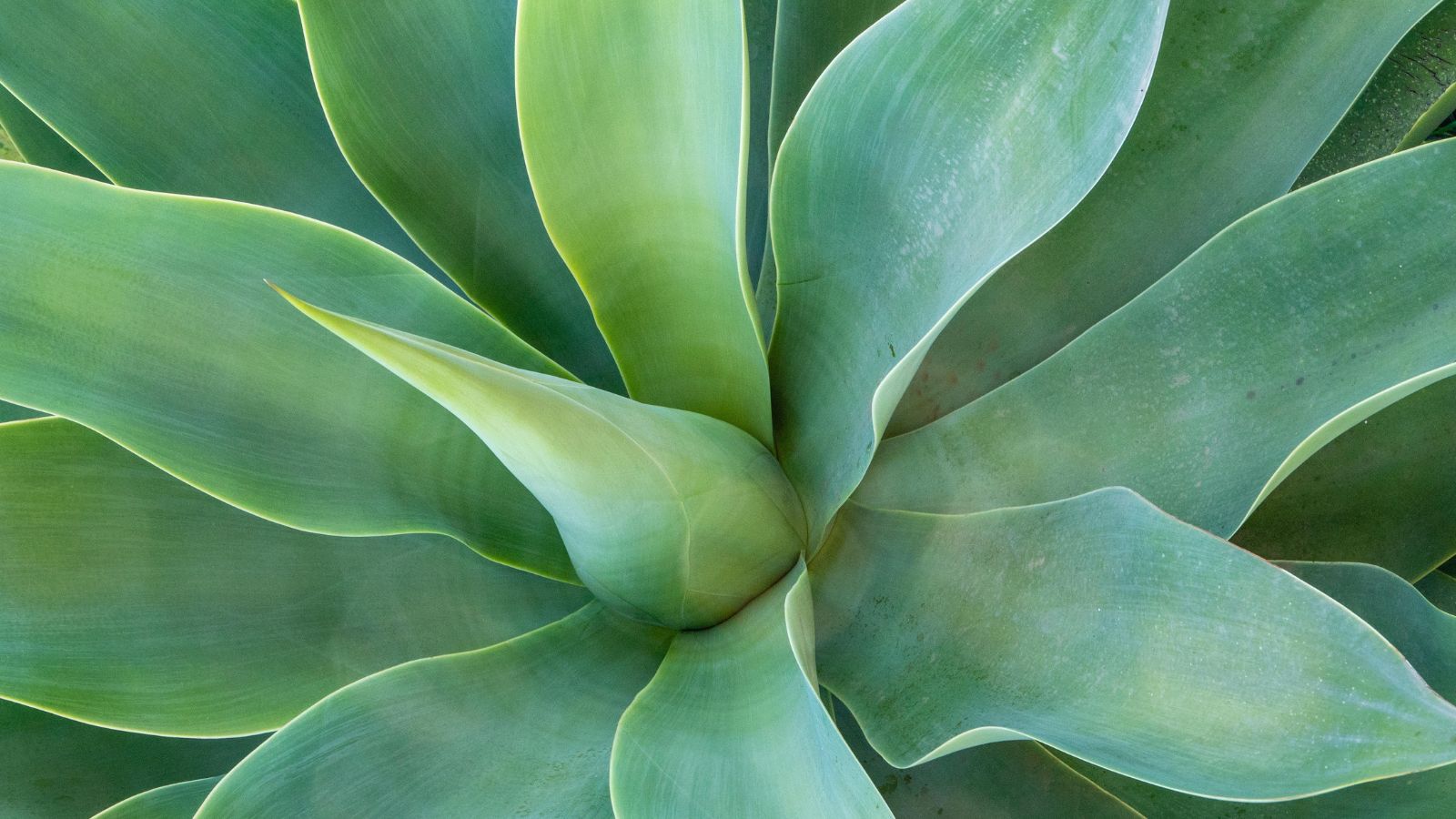

To keep agave plants alive and healthy in colder climates, where freezing temperatures and excess moisture can cause serious damage, overwintering is essential.
Agaves naturally enter a dormant state during winter; encouraging this dormancy helps them to conserve energy and reduces potential stress. This can be done by reducing watering, maintaining cool temperatures, limiting sunlight exposure, ensuring good air circulation, and avoiding fertilizing the plants during this period.
Regularly monitoring for signs of cold damage or excessive moisture and being proactive can also ensure that your best agaves remain healthy throughout the winter. Below, we tell you the signs of stress to look out for and how to avoid them.
1. Protect from frost
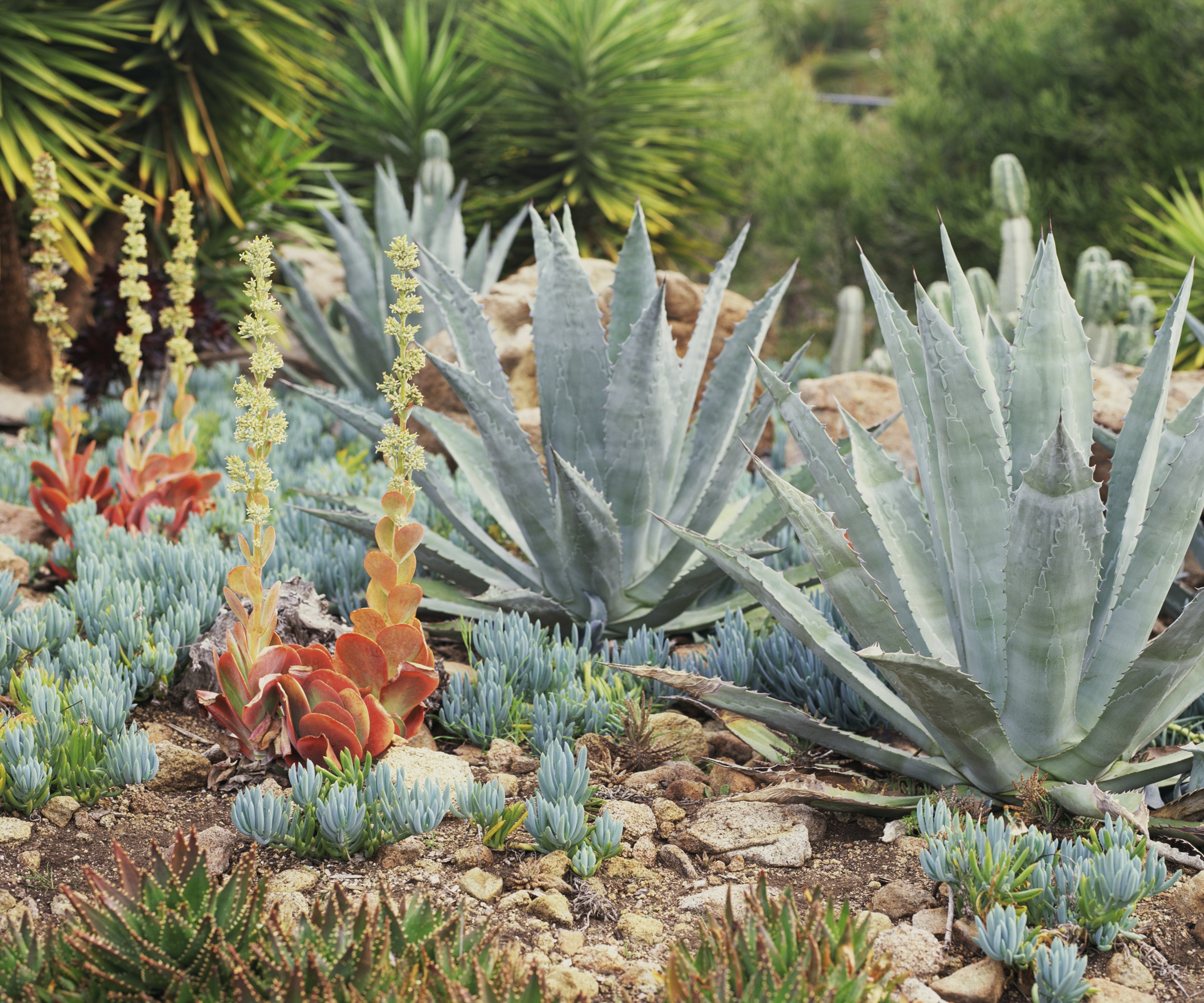
To protect outdoor agave plants during cold weather, particularly in frost-prone areas, the plant will need protection.
'If you're overwintering the agave outdoors, consider planting it near large rocks or a dense windbreak to help retain heat,' suggests Emily Jones, founder and gardening expert at Tomato Mentor. Large rocks can absorb heat during the day and release it at night, offering natural insulation, while a windbreak will help shield the plant from cold gusts, reducing its exposure to freezing temperatures.
In preparation for freezes or heavy snowfalls, it's important to insulate the plant’s crown and roots. Applying a layer of heavy mulch or straw around the base will help trap warmth and protect the roots from frost damage.
Additionally, in the case of severe frost and strong winds, you can use fabric specifically intended for covering plants, such as a frost cloth from Amazon to wrap the plant. If you don't have frost cloth, a burlap blanket or bubble wrap can serve as a last-minute insulator.
Special care should be given to young plants. Tom Monson, owner of Monson Lawn and Landscaping advises: ‘Any young agave pups (offshoots) should be detached, potted, and moved indoors for extra protection during the winter months.’

Emily Jones is a gardening expert and the founder of Tomato Mentor. She shares practical tips and expert advice tailored for both beginners and seasoned gardeners through her blog.

Tom Monson started his lawn care company in 2009 at the age of 16, and Monson Lawn and Landscaping now services hundreds of residential and commercial properties in the Twin Cities area.
2. Ensure soil has good drainage

With agave plants, the most important part of overwintering is keeping them dry, as they are highly sensitive to excess moisture.
‘To overwinter agave, first let the soil dry out as much as possible before preparing them for winter,’ says Tom Monson. ‘This helps ease the plants into a dormant state and helps to reduce the stress on the plant. It is important to keep the soil dry throughout the winter and keep the plant dormant.’
The key to keeping agave healthy is by providing well-draining soil to minimize moisture retention as agave plants thrive in dry, well-aerated environments. Otherwise, the soil will retain water which can lead to root rot. We recommend this Miracle-Gro potting mix from Walmart.
Repotting with fresh, gritty, or sandy potting mix not only enhances nutrient availability but also improves drainage. Josh Payne, gardening expert and owner of Classic Landscapes adds: ‘Incorporating materials like pumice or pea gravel into the soil mix helps prevent root rot from water accumulation.‘
3. Water carefully

During winter, agaves typically enter a dormant phase, so watering should be minimal as too much water can harm the plant.
Pete Marsh, landscaper and founder of Blue Oak Patio and Landscape, says, ‘I advise using a moisture meter and allowing the top few inches of soil to dry out before watering again.' We recommend this Klein Tools moisture meter from Amazon.
If they are planted in the ground and you live somewhere with high rainfall, consider a covering to keep them entirely protected against moisture.
4. Take it indoors
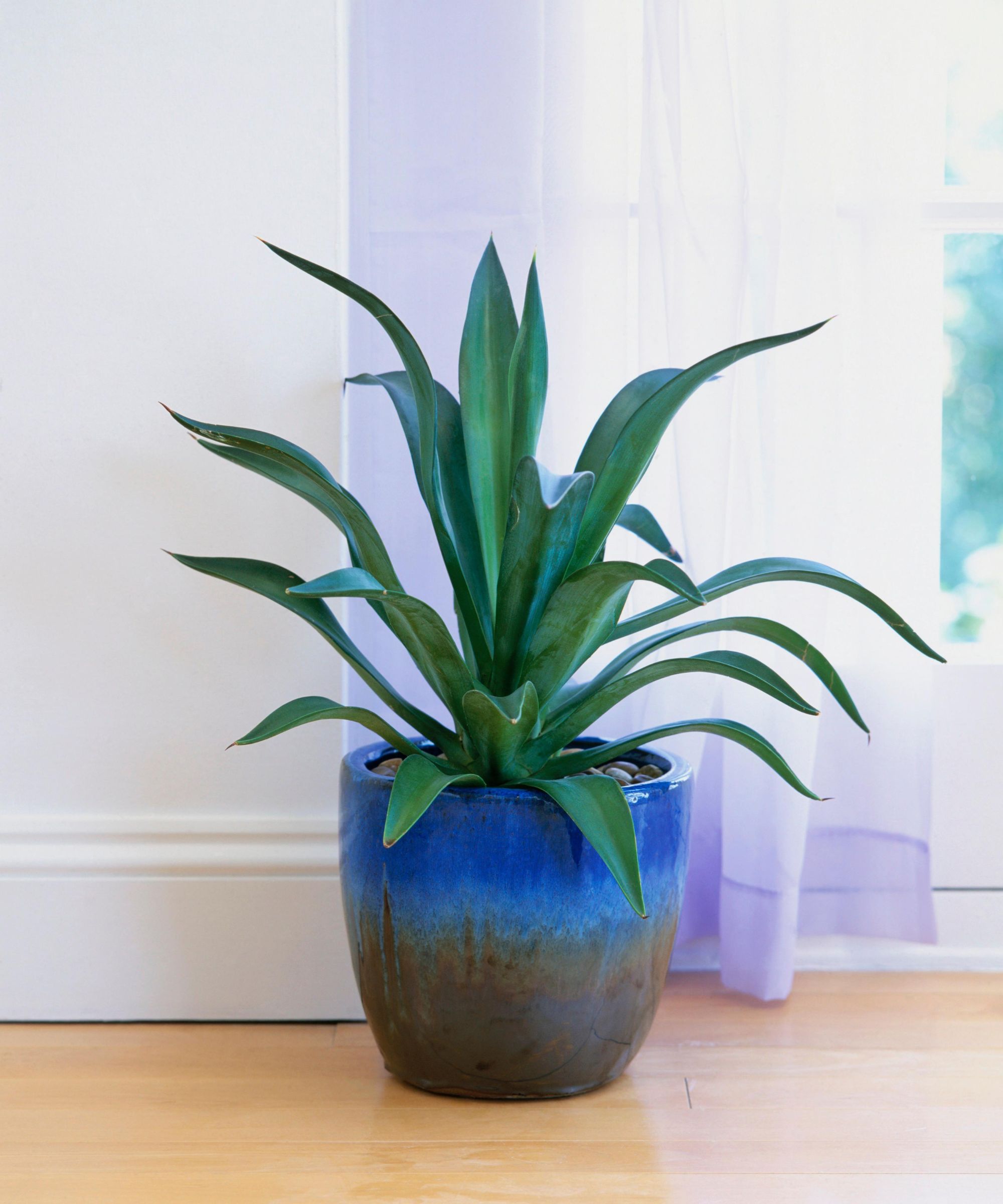
Bringing agave plants indoors for the winter can significantly enhance their chances of survival. Doing this will not only protect the plant from freezing temperatures and harsh conditions but also help manage their water intake to keep them healthy.
'You want to move agaves indoors once the nights start getting colder, ideally before the temperature drops to under 45°F at night and before the frosts arrive,' advises Drew Swainston, gardening expert at Homes & Gardens. 'Keep them somewhere bright and sunny, I have kept them in a greenhouse over winter but a sunny conservatory or porch can also work.' This protects the plants from potential damage to their foliage and roots caused by extreme cold.
Additionally, since agaves don’t handle excess moisture well, growing agaves indoors ensures you can better regulate water levels to reduce the risk of over-saturation which can lead to root rot.

Drew qualified as a journalist and wrote for many websites and publications, before studying for a horticulture qualification. He worked as a professional gardener for several years, specializing in kitchen gardening. He's now bringing his expertise and passion to Homes & Gardens as a member of our team.
5. Ensure adequate light
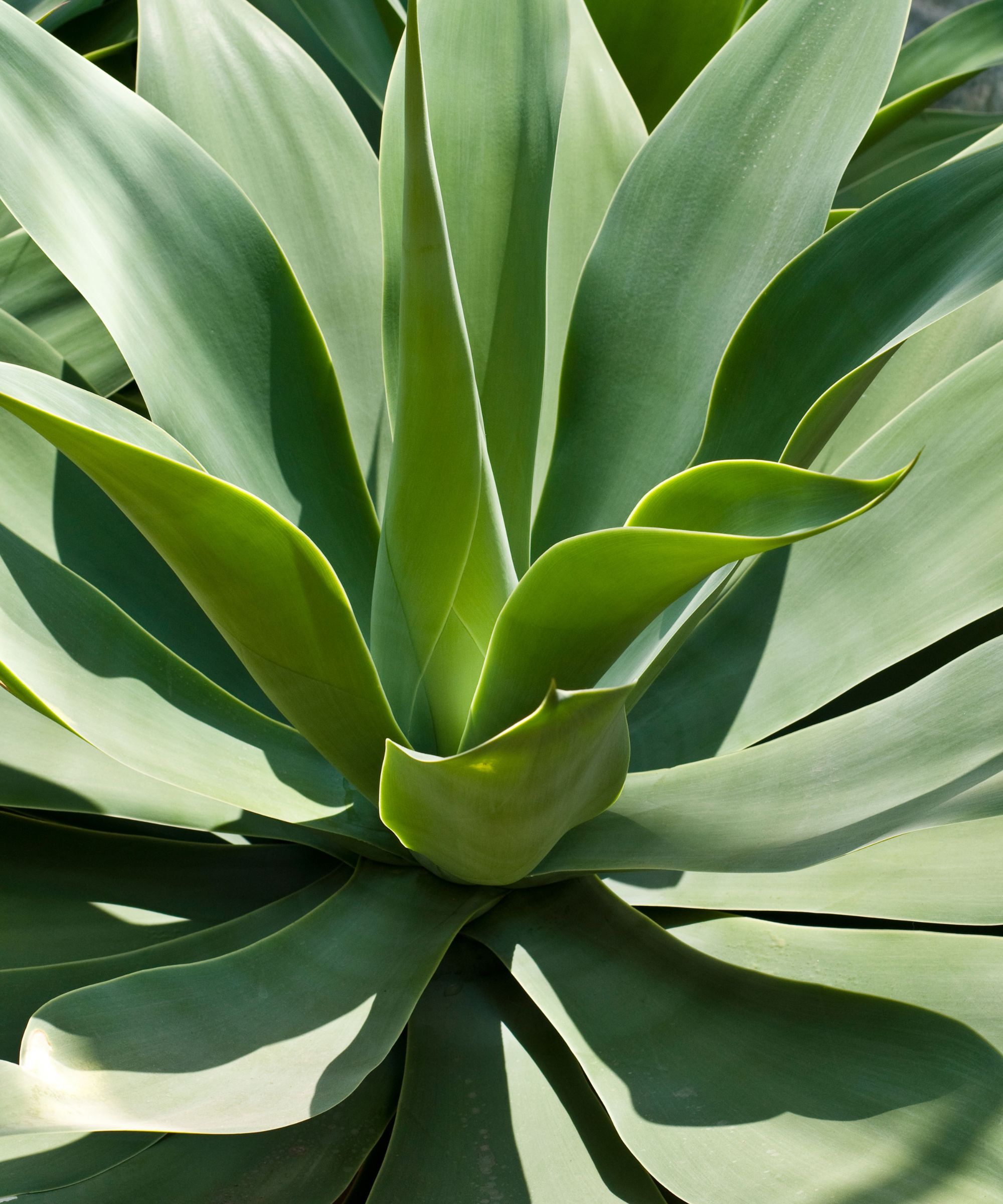
Whether your agave plant is located in or outdoors, it’s essential to ensure the plant receives plenty of bright, direct light to prevent etiolation, strains, and fragile growth.
If you're bringing agave indoors in a container, make sure you have a spot inside where it will receive consistent bright, direct light throughout the day.
If natural light is insufficient, consider using grow lights, such as these from Walmart.
Different species of agave have varying levels of winter hardiness, so it's important to know exactly which type you’re growing. Some agave varieties can tolerate brief periods of frost, while others are more sensitive and require extra protection during colder months. Understanding your plant’s tolerance to cold will help you decide on the best overwintering method – whether it's insulating outdoor agave plants or bringing potted ones inside.
If you’re concerned about losing plants to the cold, propagating agaves is a great way to ensure you have more plants for future seasons. Overwintering these indoors can help them establish a strong root system for when the warm season returns.
Sign up to the Homes & Gardens newsletter
Design expertise in your inbox – from inspiring decorating ideas and beautiful celebrity homes to practical gardening advice and shopping round-ups.

Lola Houlton is a news writer for Homes & Gardens. She has been writing content for Future PLC for the past six years, in particular Homes & Gardens, Real Homes and GardeningEtc. She writes on a broad range of subjects, including practical household advice, recipe articles, and product reviews, working closely with experts in their fields to cover everything from heating to home organization through to house plants. Lola is a graduate, who completed her degree in Psychology at the University of Sussex. She has also spent some time working at the BBC.
-
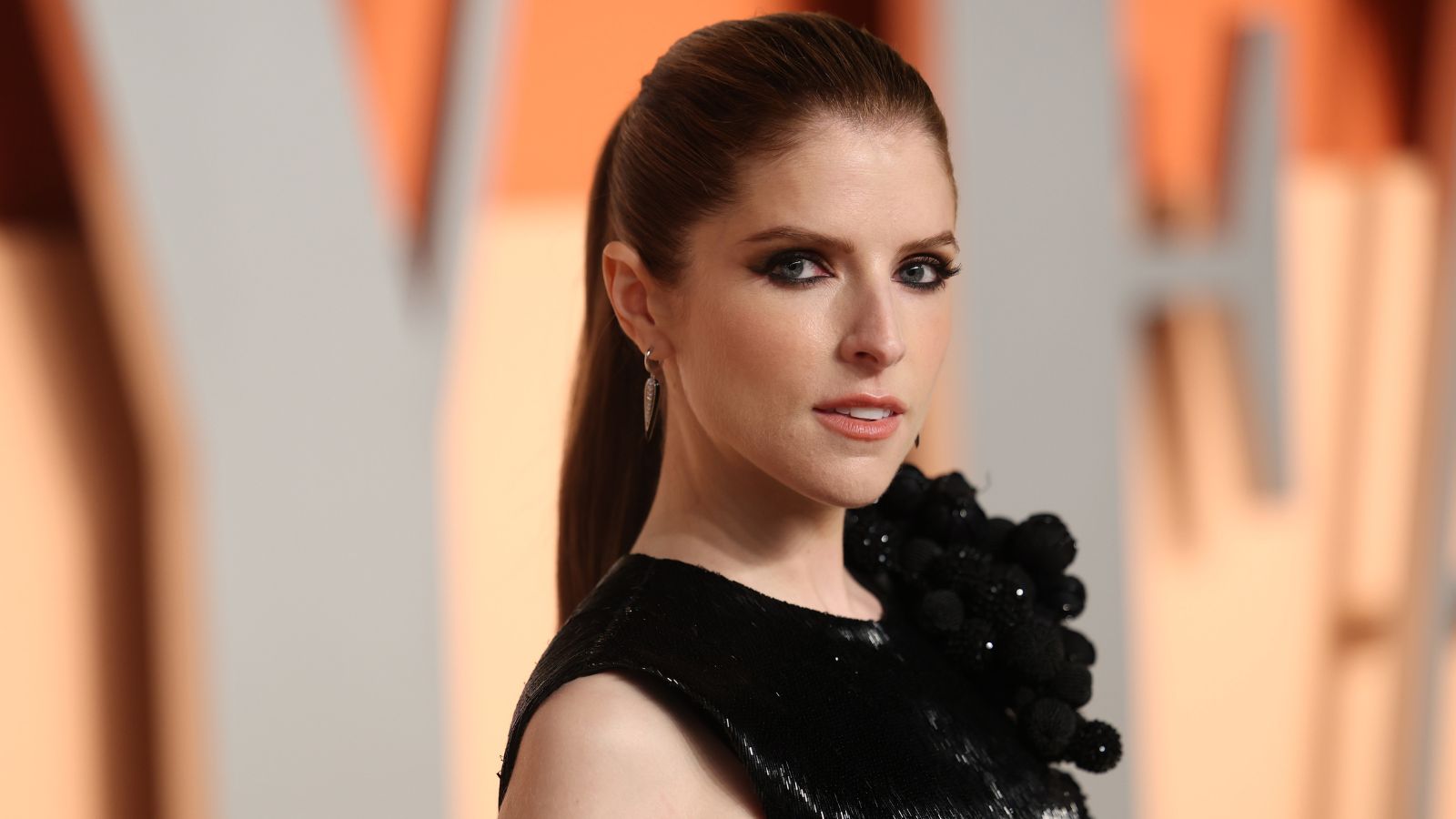 Anna Kendrick's favorite coffee maker is the first machine to make iced beverages that are 'just as cold as a coffee shop' – it's currently under $200
Anna Kendrick's favorite coffee maker is the first machine to make iced beverages that are 'just as cold as a coffee shop' – it's currently under $200The actress uses this smart machine to make perfect mocha frappes straight out of her kitchen – it's a summer 2025 must-have
By Hannah Ziegler
-
 Put your 'purgatory place' and 'dust detective' in play – 6 expert tricks professional organizers use to effortlessly edit down belongings
Put your 'purgatory place' and 'dust detective' in play – 6 expert tricks professional organizers use to effortlessly edit down belongingsStress-free streamlining is entirely within sight
By Andy van Terheyden